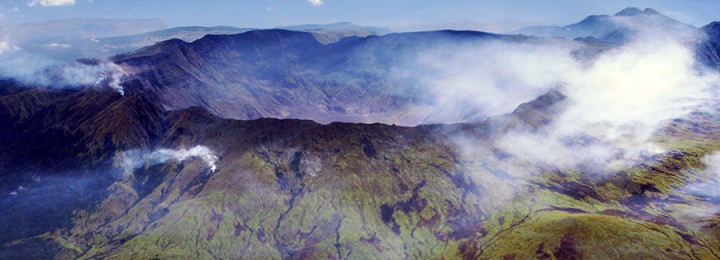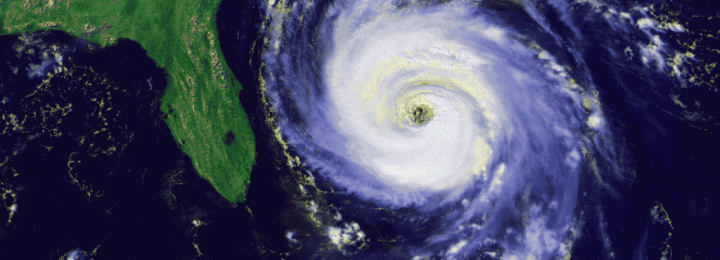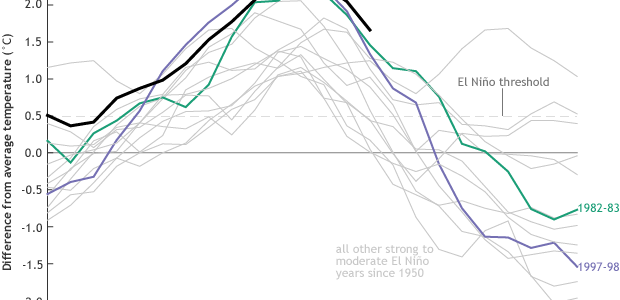Climate and Ag in the news
-

The eruption of Tambora, a volcano located in Indonesia on April 10, 1815, led to global consequences and a multi-year reduction in global temperature which has not been equaled in modern times, although the eruptions of Krakatoa, Agung and Pinatubo also reduced global temperatures for several years after the eruptions. National Geographic starts their recent…
-

Early forecasts for the 2016 Atlantic tropical season are starting to come out, and so far all of them predict that the tropical season this year will be more active than usual. El Niño acted as a brake last year and the hurricane season was relatively quiet, but with El Niño going away and most…
-

Southeast Farm Press had an interesting article in their newsletter this week from Todd David of the University of Kentucky Extension comparing farming in the South to farming in the Midwest. In the article he says that “The lower yield potential and greater yield risk reduces land value appreciation in the South and limits the…
-

AgWeb published an article in late March describing the changes that have occurred in growing season across the US since 1980, including graphs of both spring and fall frost changes and length of growing season. You can read it here. They attribute the changes to increasing temperatures over that time period. The article also relates the…
-

NOAA’s latest El Niño blog post indicates that not only are we still in a strong El Niño but that they have also issued a La Niña watch for the next few months. I’ve been talking about the possibility of swinging from one extreme to the other in the past few months, and now it…
-

I’ve been attending the Southeast Coastal Community of Practice meeting this week at Tybee Island GA. Yesterday we had the chance to visit the new installation of a “living shoreline” at the Ben Burton 4-H camp nearby. This allows a more natural form of protection to prevent coastal erosion from rising sea levels than a…
-

The Packer posted a story this week about delays in harvesting of blueberries from Florida and Georgia as well as frost in North Carolina that may reduce volumes this year. At the same time, California’s yields are doing well due to ideal weather. The combination of these conditions may lead to a lower than usual…